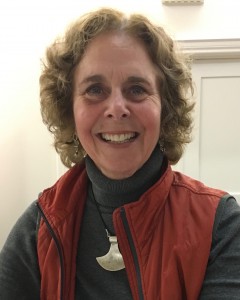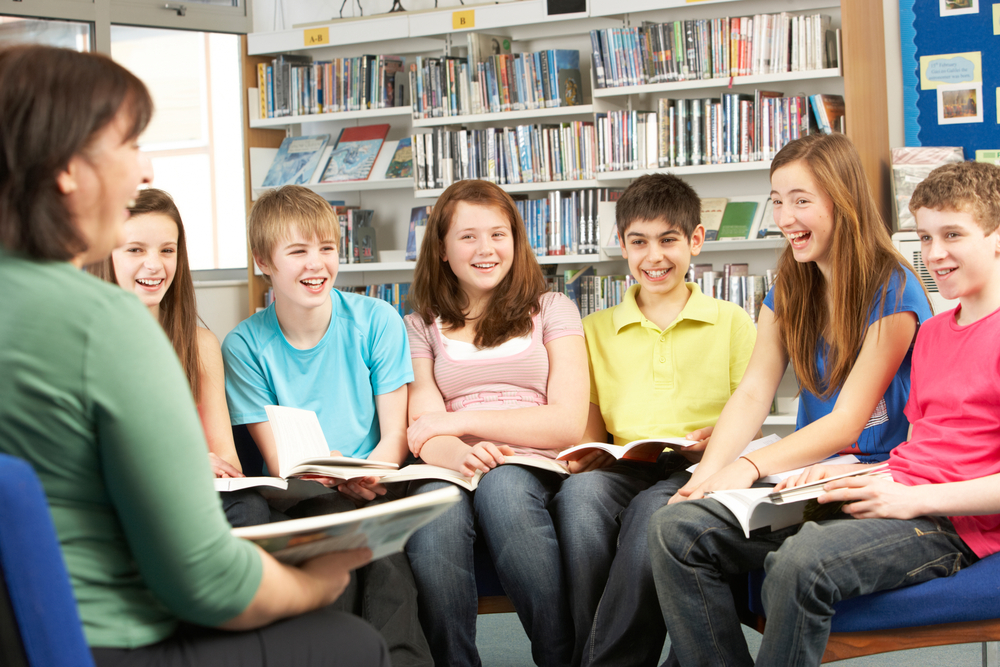 Add to favorites
Add to favoritesWhy have a classroom library?
Research has shown that classroom libraries improve both the reading skills and motivation of students to read (Allington, 2012; National Council of Teachers of English, 2017; Neuman, 2016). Classroom libraries provide easy access to books and the classroom library may be the main source of reading materials for children from low income families. What is critical for all students is that the classroom library has books that reflect the abilities and interests of the students and that books are easily accessible.
For students with LDs, there are two main considerations regarding a library:
- Most students with LDs have challenges with reading: therefore, it is critical that there are books on topics of interest at a reading level that is appropriate for the students.
- Many students with LDs have a challenge with executive functioning, which relates to their ability to easily find – and later, return – books to the right location.
What constitutes good book selection?
There is strong agreement that the classroom library should include a range of reading level books, including high interest/ low vocabulary books and magazines and a variety of genres and literary forms such as the following:
Kindergarten - Grade 1:
Picture books with…
- strong rhythm and rhyme
- predictable or repetitive words and phrases
- vivid illustrations
- on topics that include counting and concept books, nursery rhymes, alphabet books, and fairy tales
Grades 1 – 3:
- Books on topics of interest to the children
- Books with short chapters
- Animal books
- Award winning books
- Fantasies
- Favourite authors of the children
- Joke books
- Light reading books – “comic books, magazines, picture books – with engaging text supported by lots of illustrations” (Routman, 2003)
- Mysteries
- Nonfiction informational books
- Popular series
- Poetry books
- Well-known children’s authors
Teachers will want to include texts that reflect the “windows and mirrors” approach to an inclusive curriculum (Styles, 1996), ensuring that books in the classroom library provide windows into other cultures/lives and mirrors of ourselves.
Various websites, such as Good Reads (click here to access this website), offer lists of best-rated children’s books. Children’s book buyers at local independent bookstores and books that are nominated for awards are also excellent sources for new books.
How should the library be organized?
Traditionally, classroom libraries were composed of books arranged on shelves, much as in a regular library. However, many teachers have found that this is not the most effective strategy for classroom libraries as congestion is a problem and so is the return of books to the appropriate place.
Instead, most agree that it is most efficient to use bins, organized by topic and to put the bins in areas of the room that will facilitate easy access. Some like the bins on shelves or movable tables around their common meeting area. Other teachers like to put the bins in different areas of the room where there is a nearby nook or area where the students can sit and read. Sometimes it is possible to purchase a special book bin table, ideally on wheels that can be locked.

Two websites of particular help regarding creating and organizing a classroom library that supports all students and is easy to manage are the following:
Categorizing books
Before you can organize your books, you will need to sort them by category. To speed things up and make things more fun, you might want to have someone help with this job. You and a teaching colleague might help each other categorize each of your libraries, discarding books that are in poor condition or not appropriate or appealing for your students.
Ideally, you will set up a catalogue for your books, including title, author’s name and a few key words. Putting this into an Excel Spreadsheet will let you easily sort and search for books and to access your book list at home when you are planning a new unit.
Some teachers prefer to use an online cataloguing tool. Here are two sites you might consider:
- Libib (click here to access the Libib website), which has a free version that works well and enables you to use a smartphone as a barcode scanner to grab book data. A child of 9 years or more can help scan books with this technology.
- LibraryThing (click here to access the LibraryThing website).
With each of these tools, you and teacher colleagues can give each other access as well as lending privileges to your individual classroom libraries, thereby expanding access for students.
Organizing for easy book access and return of books
All students need to be able to easily access the books they are looking for. This can be a difficult task for students with LDs, who often have challenges in executive functioning and organization. Thus, it is important for book bins to be numbered with the topic of books in the bin clearly indicated, using pictures as well as words for young children.
Every book in a given bin is labelled with its bin number, both on its spine and cover. When books are positioned to stand upright in the bin, no one has to dig to find a book, keeping books in better condition and in the correct bin.
The book and bin numbering system also enables students to easily return books to the correct bin. Periodic scanning of bins by the teacher will be important to return stray books to the appropriate bin and your students can also be involved in doing this upkeep.
There is strong agreement that except for beginning books for emergent readers in kindergarten and grade 1, books should not be sorted by reading level. Instead, de-emphasize levelled books by cataloguing the books by topic, as indicated above.
References
Allington, R.L. (2012). What really matters for struggling readers: Designing research-based programs 3rd Edition. Boston, MA: Allyn and Bacon.
National Council of Teachers of English (2017). Statement on Classroom Libraries. http://www2.ncte.org/statement/classroom-libraries/
Neuman, S. B. (Retrieved June 21, 2018). The importance of the classroom library. http://teacher.scholastic.com/products/paperbacks/downloads/library.pdf
Routman, R. (2003). Reading Essentials. Portsmouth, NH: Heinemann.
Styles, E. (1996). Curriculum as Window and Mirror. Social Science Record, Fall. http://www.nationalseedproject.org/images/documents/Curriculum_As_Window_and_Mirror.pdf
![]()
 Dr. Deborah P. Berrill has been involved in education for over 35 years, initially as a classroom teacher and later as a member of the Queen’s University Faculty of Education. Dr. Berrill then became the Founding Director of the Trent University School of Education and Professional Learning, where she developed a mandatory course for B.Ed. candidates entitled Supporting Literacy and Learners with Special Needs. Helping teachers learn how to support students with learning disabilities has been a career-long passion for Deborah and she has given innumerable workshops to elementary and secondary school teachers and has served on many Ministry of Education Learning Disabilities Advisory Committees, including for the development of the new PPM8.
Dr. Deborah P. Berrill has been involved in education for over 35 years, initially as a classroom teacher and later as a member of the Queen’s University Faculty of Education. Dr. Berrill then became the Founding Director of the Trent University School of Education and Professional Learning, where she developed a mandatory course for B.Ed. candidates entitled Supporting Literacy and Learners with Special Needs. Helping teachers learn how to support students with learning disabilities has been a career-long passion for Deborah and she has given innumerable workshops to elementary and secondary school teachers and has served on many Ministry of Education Learning Disabilities Advisory Committees, including for the development of the new PPM8.








